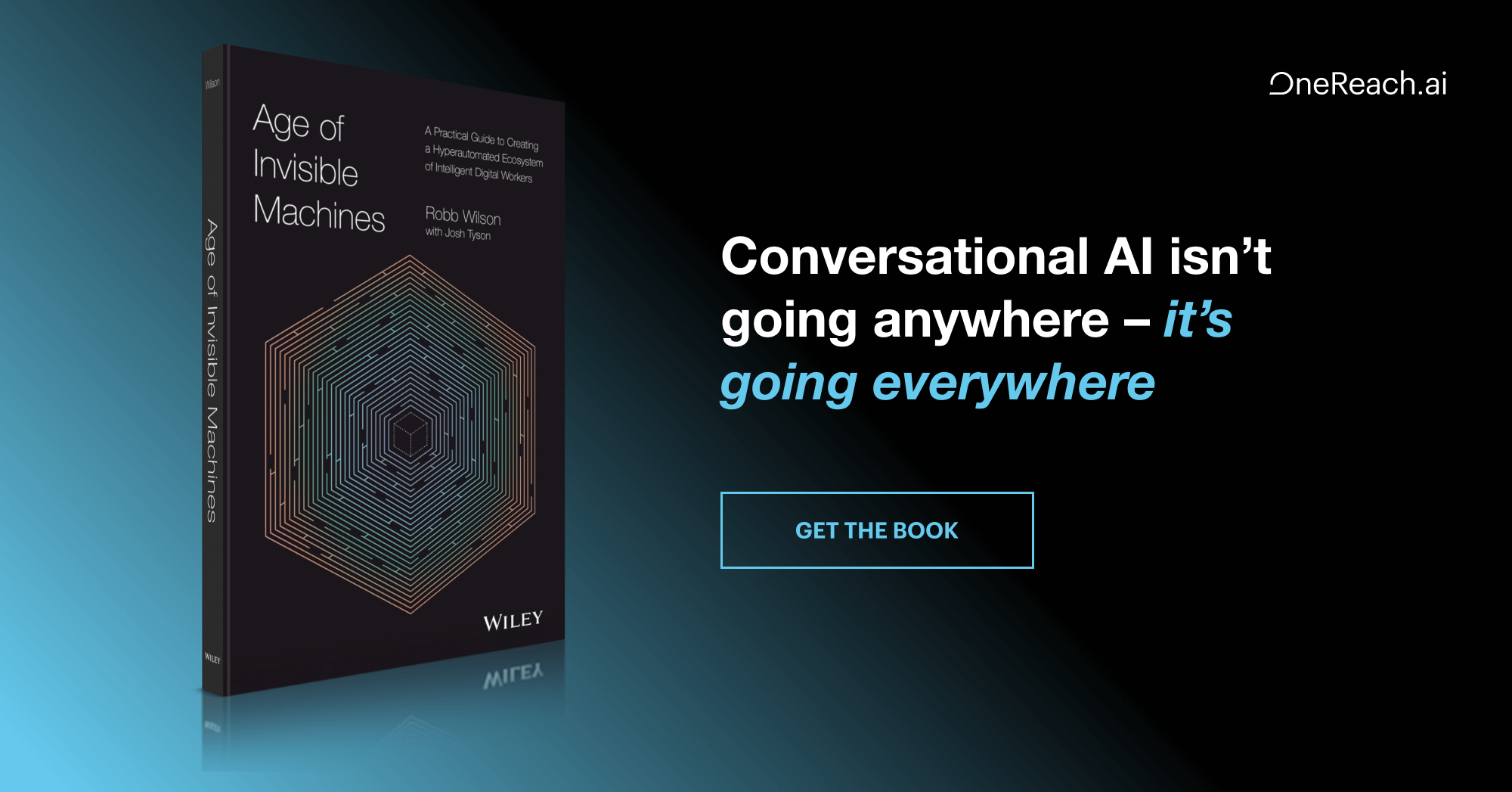I’ve realized I’m the traditional type. When I find something interesting online, say a nice article on typography or an inspirational CSS snippet, I don’t del.icio.us it: I want to save it locally.
That, and the fact that I amass a huge amount of information over the day, led me to search for what you essentially would call a PIM (Personal Information Manager) of sorts, to keep it all organized. I’ve tested Yojimbo, Soho Notes and Together which I feel are three top contenders on the Mac. But I feel Together has the most to offer. Here’s why:
1. Drag and Drop
I love the ability of dragging and dropping stuff to a shelf on the edge of the screen, instantly saving them. All three apps offer this kind of functionality, but I found that Together’s approach felt more fluid. Yojimbo on the other hand didn’t fare so well. I wasn’t able to import images directly to my library, for example.
2. Just the right features
Soho Notes is so, so bloated. It is full of features I never use (Contact Manager anyone?). It sure does what I want (and a ton more), but it has a tendency to be very slow. Together on the other hand keeps its feature set lean and focused on information gathering.
3. Intuitiveness
Together is intuitive. I love its Portrait Preview pane. It supports nested folders, tags, smart folders, all kinds of notes and snippets, and it’s very lightweight and fast to boot.
So…
If you’re on a Mac in the lookout for a nice, simple and effective PIM application which supports .Mac syncing, download Together and give it a go. I’m sold.







